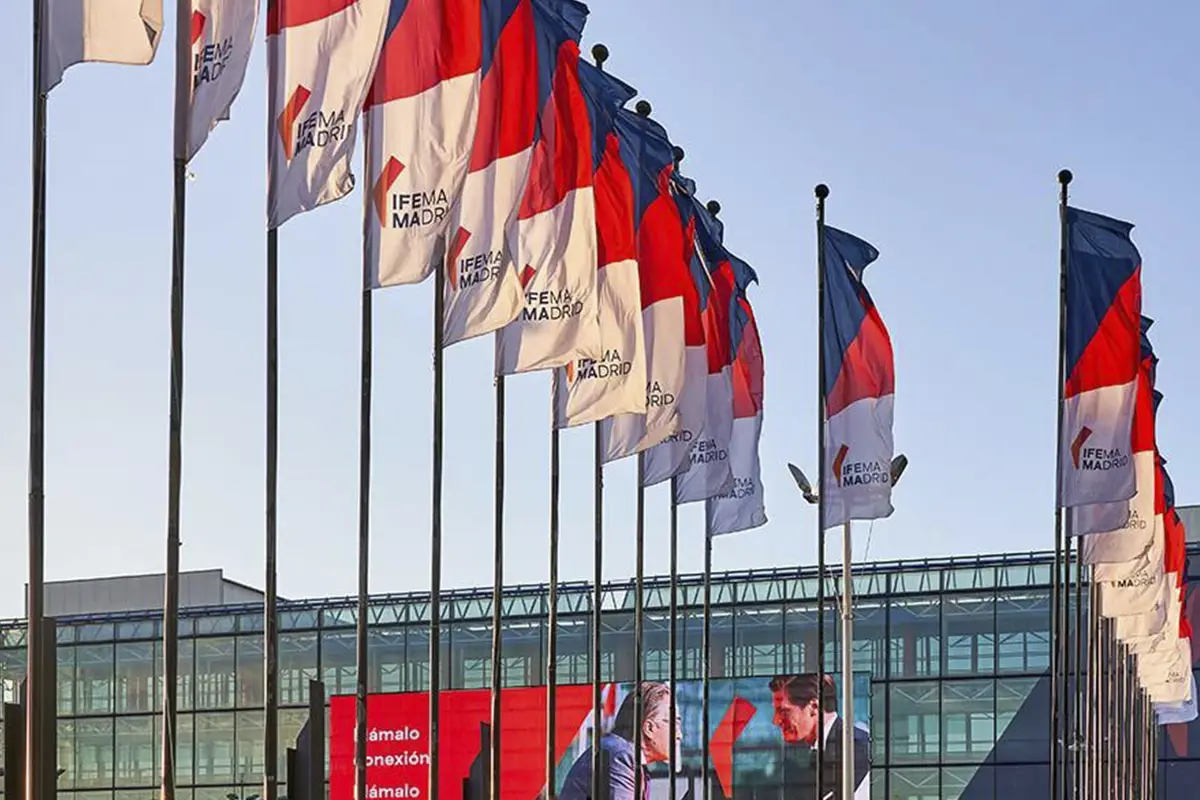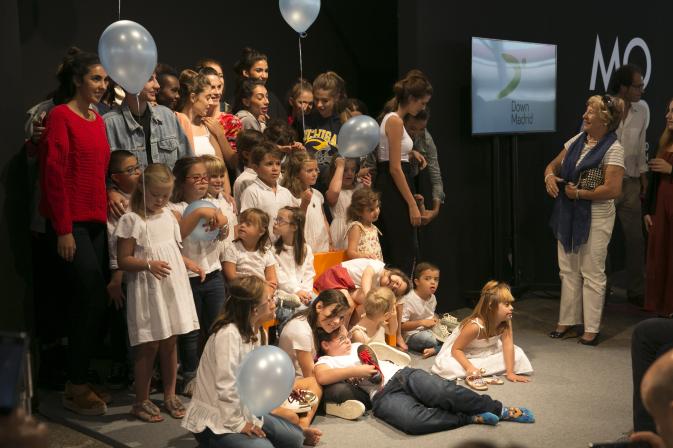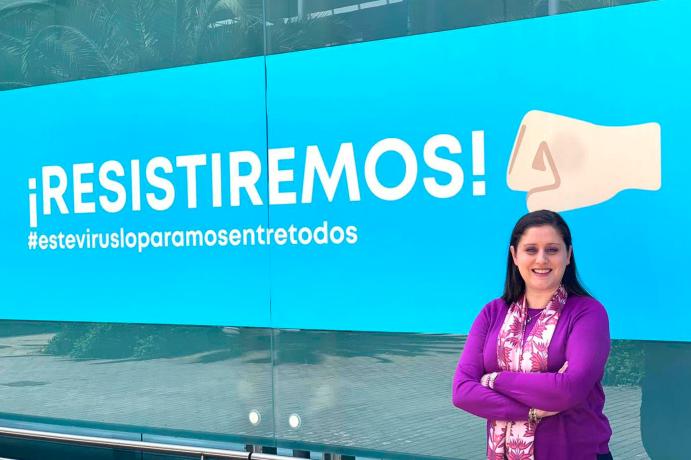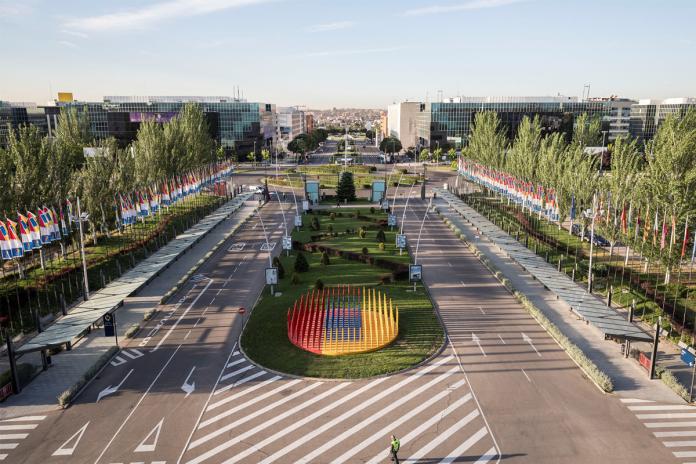With IFEMA MADRID you will get...
Strengthening business relations with suppliers
During the fair you will be able to schedule business appointments with current and potential suppliers.
Finding new business opportunities
Generate and complete your database with new contacts that can lead to sales.
Consolidating your brand image
Achieve visibility in a privileged showcase to make yourself known and be part of the circuit of your sector.
Broadening your media impact
Achieve media coverage and create news to attract the media. Get a high volume of relevant information.
In our spaces, multiple possibilities
Whatever event you have in mind, IFEMA MADRID is the ideal place to host it. Our spaces can be transformed according to your needs to create unique events.
Conventions and Congresses is a division specialised in the management of space rental for the organization of events, congresses and fairs organised by other companies.
We have two venues, the Recinto Ferial (fairgrounds) and, since 2019, Palacio Municipal (convention center), which are well connected to the city center and close to the airport. The Feria de Madrid subway station is located next to the accesses to both venues.
Wide and safe spaces for carrying out out face-to-face tests and examinations
We choose the halls that best adapt to the kind and size of the call. As our spaces are wide, we have enough flexibility to distribute people’s flow and establish the appropriate distances between them. We enforce cleaning and access control measures, and our spaces are equiped with the appropriate signaling. Moreover, our high ceilings and ventilation system guarantees the best posible air flow.
IFEMA MADRID has its own Direction for Public Fairs and Leisure Events, entrusted with the management and commercialising of spaces for holding medium and large Concerts and Festivals. It includes a Coordination Office with an specialised team, which provides advice to the promoter, tailored to their project’s needs.
Expert talks

IFEMA Madrid: The ideal venue for your next successful event
Organising your event at IFEMA Madrid gives you access to a space with modern facilities, a strategic location in the heart of Europe and an expert team that will help you deliver a successful and unforgettable experience for your audience.












